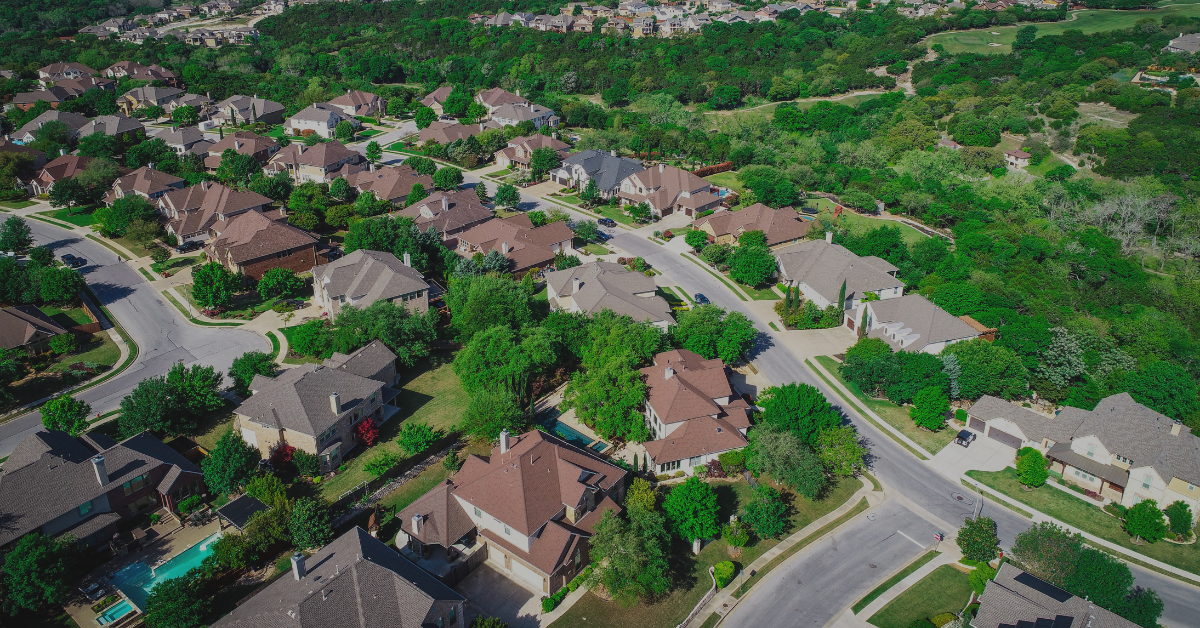Rental real estate can be a great source of income, and with Dallas, Austin, and Houston on the list of growing markets to watch, many investors are considering rental properties for the first time or looking to expand their current holdings. The New York Times recently highlighted the boom of “built-to-rent” homes, which currently make up 6% of new home construction and are projected to double in the next ten years.
Rental properties come with some tax benefits, such as the deduction of mortgage interest, improvements, and depreciation. However, when it comes to the treatment of losses, the government considers rental real estate activity as passive; therefore, any losses incurred on rental properties can only be used to offset passive income.
Qualifying as a real estate professional provides an exception to that rule allowing you to deduct passive losses against other income (not just passive income), which can significantly reduce your annual tax burden.
REQUIREMENTS TO QUALIFY AS A REAL ESTATE PROFESSIONAL
There are no license requirements, no minimum number of properties, and no mandatory length of time a property must be held. For the purposes of the IRS, qualifying for real estate professional status requires meeting the following two tests:
- More than 50% of the total personal services you perform in all businesses during the tax year must be performed in a real estate business in which you materially participate.
- You must work at least 750 hours during the tax year in real estate activities in which you materially participate.
An important item to note here is “material participation.” This is the critical piece that actually allows for rental losses to be considered non-passive and offset other types of income. Qualifying as a real estate professional for tax purposes is just the first step in being able to deduct those losses. You must also materially participate in the activity that generates the loss in order to deduct it as a non-passive loss. Diligent tracking not only of the hours spent but also of the work itself is required in order to prove qualifying hours of personal service. For example, real estate investor hours (reviewing financial statements, preparing investor reports, researching new properties, etc.) would not count towards the material participation tests.
There are seven material participation tests, but two of the most commonly used are:
- Taxpayer must participate 500+ hours in the real estate activity during the tax year
- Taxpayer must participate 100+ hours, and no less than the participation of any other individual, in the real estate activity during the tax year
Given the very specific nuances of this particular tax law, it is prudent to speak with a CPA early on who can help you strategize and be prepared to meet the requirements. Additionally, diligent record-keeping is a vital piece of proving material participation. Using an app like REPStracker or digital calendar to track your hours throughout the year will ensure you have the detailed data necessary come tax season.
WHAT IF I HAVE MULTIPLE RENTAL PROPERTIES?
For real estate investors with multiple rental properties, IRS Code Section 469 also includes a provision that allows for the grouping of rental real estate activities to be treated as one “economic unit.” The factors in determining include: [1]
- Similarities of the business
- The extent of common control
- The extent of common interest
- Geographic location
- Interdependence of the activities
A grouping election enables the taxpayer to prove material participation by meeting the hours test across all grouped rental properties rather than by each individual property. The election is made by filing a statement with the taxpayer’s federal tax return and is available to individuals, partnerships, corporations, trusts, and estates.
THE BENEFITS OF A COST SEGREGATION STUDY
Commercial properties typically have a straight-line depreciation over 39 years; residential properties over 27.5 years. A cost segregation study reclassifies components of a building to either personal property assets (a fixed or movable tangible asset placed into service for operations with the benefits of the asset extending beyond one year from date of acquisition) [2] or land improvements (site preparation or site improvement other than buildings that ready the land for use). [3] This allows for the accelerated depreciation of the now separate assets in the early years of the purchase, rather than over the full 39 or 27.5 years.
We’ve helped clients take advantage of using cost segregation studies to show a sizeable rental loss and offset income for one-time liquidity events or other activity that had pushed them to a higher tax bracket. Investing in properties with land improvements such as pools, sidewalks, patios has also been beneficial due to the greater bonus depreciation.
As noted by Forbes: “Under the CARES Act, bonus depreciation increased to 100% through 2022, and the Tax Cuts and Jobs Act was expanded to include acquired properties. Additionally, the CARES Act changed a new law that assigned qualified improvement property (QIP) after January 1, 2018, a “15-year class life” making it eligible for 100% bonus depreciation. The TCJA allows real estate investors to deduct 100% of five-, seven- and 15-year property within the first year.”
The tax rules in Section 469 around passive and non-passive income are very intricate and can be tricky to navigate. If you currently have rental real estate or are considering investing in rental properties and want to learn if real estate professional tax status is a viable option for you, contact us today.
[1] IRS § 469-4(c)(2)
[2] Fiscal Management Division
[3] Fiscal Management Division





